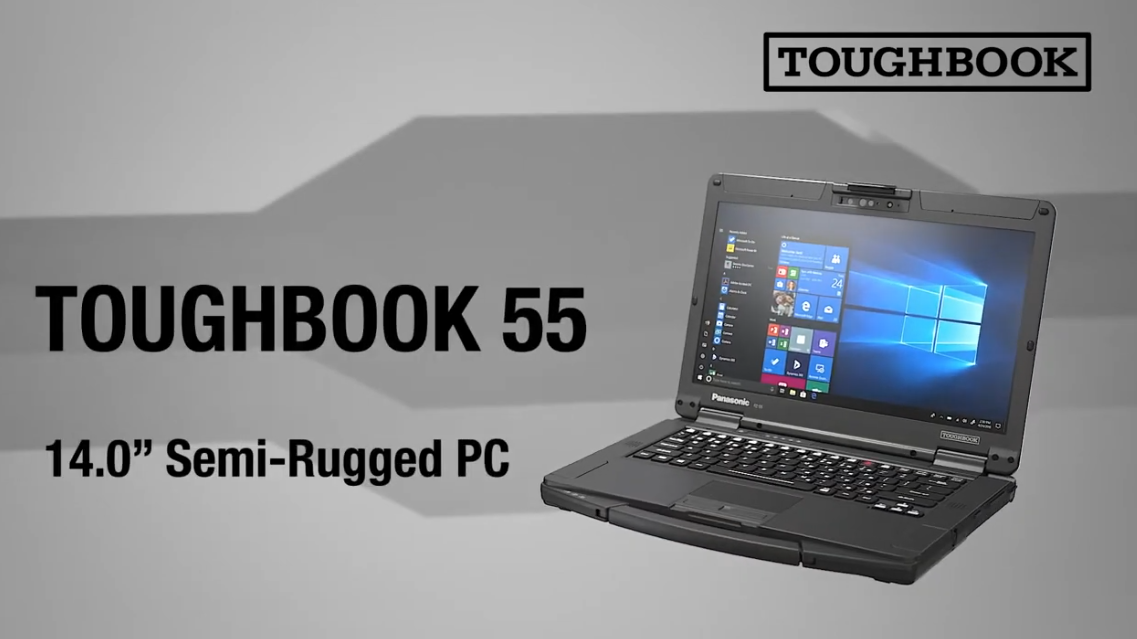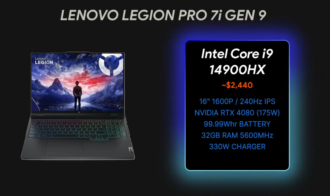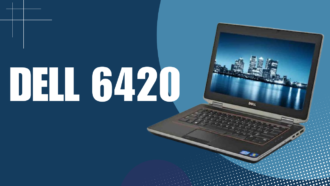Panasonic Toughbook 55 Mk2 (2021) Review: A Semi-Tough Classic That’s Supremely Customizable
The Panasonic Toughbook 55 Mk2 (2021) is a robust, brilliant 1,000-nit touch screen and incredibly configurable semi-rugged laptop. Ideal for business users, its hot-swap batteries and flexible networking combine performance and flexibility.
I was both impressed and a little let down when I first held the Panasonic Toughbook 55 Mk2. This storied, tough laptop is renowned for its robustness; it has physical doors that shield its ports from dirt and water and rock-solid display hinges. Many models have drawn criticism, however, for their drab, low-resolution displays and heavy bodies that harken back to mid-1990s laptops. The Toughbook 55 Mk2 (beginning at $2,524; $3,104 as tested) tries to solve these problems with the newest components, many of which can be changed out in the field, and a contemporary, lightweight design. Among the most user-friendly notebooks to carry, the Toughbook label is not the most durable design available.
Panasonic Toughbook 55 Mk2 (2021) Review
| Laptop Class | Rugged |
| Processor | Intel Core i7-1185G7 |
| Processor Speed | 1.2 GHz |
| RAM (as Tested) | 16 GB |
| Boot Drive Type | SSD |
| Boot Drive Capacity (as Tested) | 512 GB |
| Screen Size | 14 inches |
| Native Display Resolution | 1,920 by 1,080 |
| Panel Technology | IPS |
| Variable Refresh Support | None |
| Screen Refresh Rate | 60 Hz |
| Graphics Processor | Intel Iris Xe Graphics |
| Wireless Networking | 802.11ax, 4G, Bluetooth, Gigabit Ethernet |
| Dimensions (HWD) | 1.3 by 13.6 by 10.7 inches |
| Weight | 4.9 lbs |
Understanding Rugged Laptops
Because they combine value, durability, and flexibility, semi-rugged laptops like the Toughbook 55 are highly sought after by police departments, ambulance squads, and other government agencies. While Panasonic supports these devices for years longer than it does standard non-rugged business laptops, they are seldom upgraded. Part of the reason for this extended support is that, in contrast to the usual two-year lease in the corporate IT industry, many customers purchase them on cycles lasting five or more years because of their longevity. The first revision to the model debuted in 2019 is the Mk2 (Mark II) Toughbook 55. Though current Toughbook 55 customers might not need an update after two years, those looking to replace an older semi-rugged or fully rugged laptop will find the Toughbook 55 to be a compelling choice.
Plan and Construction

A permanently attached keyboard and a hinge that opens 180 degrees characterize the Toughbook 55, a traditional clamshell laptop. Though it’s not a detachable tablet like the Toughbook G2 or comparable products from Dell and Getac, its clamshell design has a lot of promise for a variety of uses. For example, the Toughbook 55 is backward compatible with most Toughbook laptop docking stations if laptop docks are already deployed in your fleet of vehicles.
In the configuration I tested, the Toughbook 55 weighed 4.9 pounds and measured 1.3 by 13.6 by 10.7 inches, making it remarkably light for a rugged laptop. By contrast, the closest rival to the Toughbook 55, the Getac B360, weighs 5.1 pounds and measures 1.4 by 13.4 by 11.1 inches. The ingress protection (IP) rating of 53 on the Toughbook 55 is the most obvious of the compromises Panasonic made to get the smaller chassis. As such, it is rated to survive falls of up to three feet and can tolerate some dust and water sprays (MIL-STD-810H). At IP66, the Getac B360 can withstand falls up to six feet and more water and dust (but not total immersion).
Modification and Ports
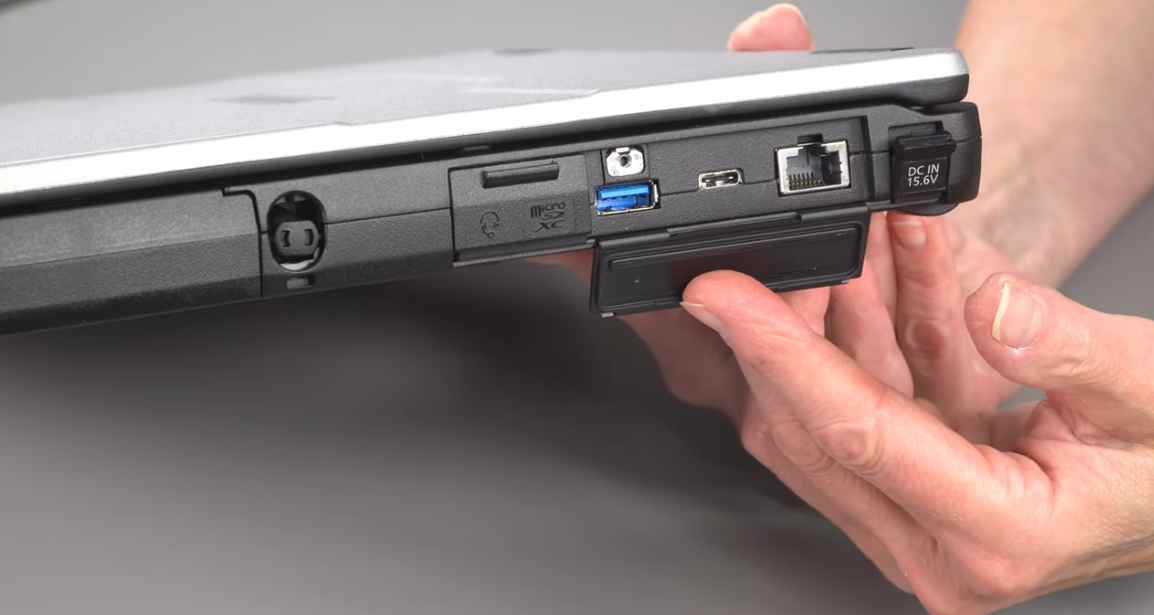
You’ll value the Toughbook 55’s relative mobility and wide selection of xPAKs or add-in modules if you can put up with its semi-rugged certifications. Three slots on the chassis hold these modules, which let you set up the laptop for different field tasks. VGA, serial, Ethernet, and USB connections can be combined in the back slot; for extreme environments, an optional Fischer-style circular USB port is available. A second SSD, a DVD drive, or even a barcode reader can be installed in the bottom slot, which can also accommodate a fingerprint or SmartCard reader.
The Toughbook 55 includes typical USB and Ethernet connectors even without these extension ports. In addition, the laptop offers multiple extra door-covered slots, enabling convenient access to the memory slots, primary SSD, and dock mounting connector. Another necessary characteristic of a rugged laptop is the ability to remove the batteries, which are fastened in place with no-tool locking tabs. If the computer is set up with two batteries, you can hot-swap them to keep it running continuously away from a power source.
Execution and Presentation
Featuring an Intel Core i7-1185G7 processor with vPro support, 16GB of RAM, and a 512GB SSD, our review device arrived with just one battery and no xPAKs. Up to 64GB of memory, an Intel Core i5-1145G7, and a 1TB or 2TB SSD are among the other choices. The single memory module limits graphics capability to that of an earlier Intel UHD Graphics integrated processor rather than the Iris Xe Graphics commonly available on 11th Generation Intel CPUs.
We examined a Toughbook 55 with an improved 14-inch touch-enabled full HD (1,920 by 1,080 pixels) display. In our tests, its improved screen came very close to its remarkable 1,000-nit rating, which makes it easy to see outside on a bright day at its brightest setting. The colour accuracy of the screen was average, covering little more than 70% of the sRGB colour gamut. This is normal for rugged laptops but not as good as that of other business laptops that can show the whole sRGB gamut.
Keyboard and input devices
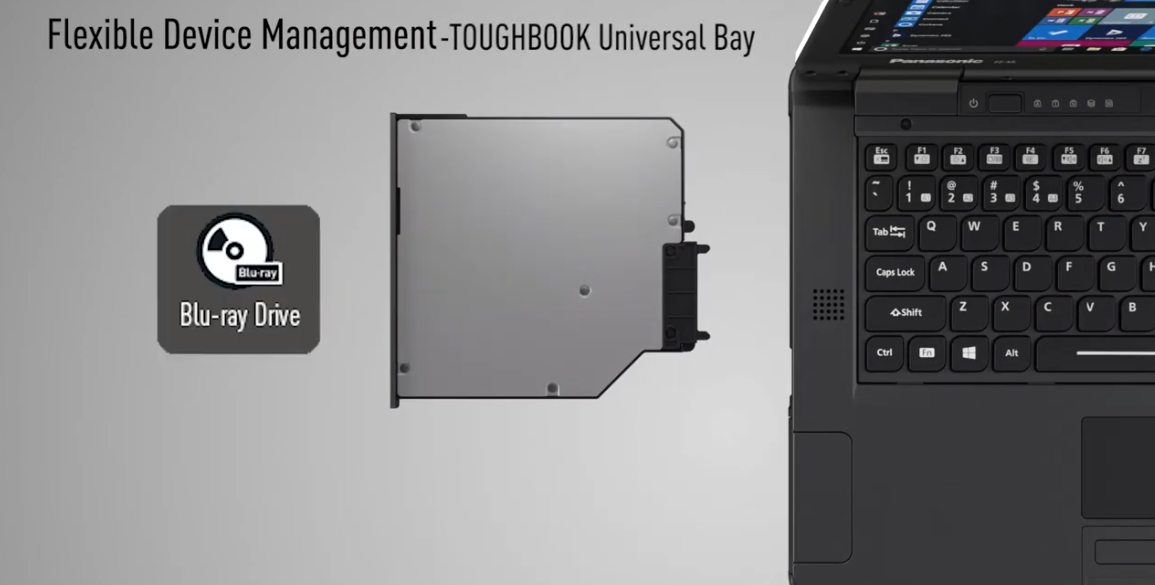
There is no noticeable flex in the keyboard deck and ample of travel distance on the comfortable backlit keyboard of the Toughbook 55. A pre-installed Panasonic settings software allows you to choose a backlight color—red, green, white, or blue. As with the small yet precise electrostatic touchpad, the keyboard is spill-resistant. The touchpad and its twin buttons cannot be user-serviced. However, the keyboard can be readily replaced.
Camera and Networking
Excellent IR sensors in the webcam of the Toughbook 55 enable Windows Hello face-recognition logins. With its outstanding 1080p video resolution and facial recognition capabilities, the camera produces crisp, noiseless output even in well-lit areas. Among the many basic connection choices available on the Toughbook 55 are a 3.5mm audio jack, two USB Type-A connectors, an HDMI 2.0 output, a gigabit Ethernet connector, and a USB Type-C port with Thunderbolt 4 capability.
Beneath fold-down doors that snap shut when not in use, these connections are protected from the outdoors. Wireless connectivity choices include Bluetooth 5.1 and standard Wi-Fi 6 (802.11ax). The laptop can access CBRS band 48 and the Verizon and AT&T FirstNet dedicated network with an optional 4G LTE modem. Additionally, a passthrough for two high-gain antennas to increase signal strength and an optional dedicated GPS module are available. Though it lacks 5G capability, the laptop can use two SIM cards—an eSIM and a nano SIM.
Music and Battery Life
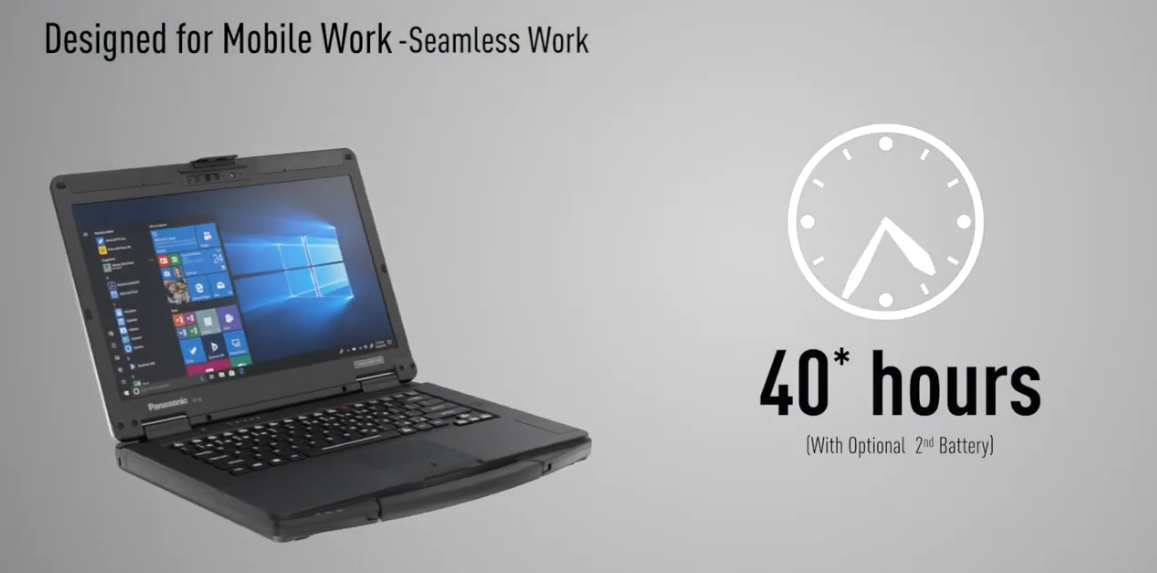
Though the speakers of the Toughbook 55 are certified for 92 decibels of output, they sound a little tinny and lack bass. Measuring battery life precisely is difficult, particularly with multi-battery rugged laptops. The Toughbook 55 with one battery inserted lasted a little over 11 hours in our typical video rundown test. Panasonic promises up to 38 hours of battery life when the screen is adjusted to 150 nits of brightness and an optional second battery is attached. Given enough spare batteries, the Toughbook 55’s hot-swap capability allows it to operate for an endless period without an outlet.
Testing Performance
Offering the newest Intel 11th Generation “Tiger Lake” CPUs, the Toughbook 55 performs on par with ultraportable laptops aimed at businesses like the Lenovo ThinkPad X1 Carbon. The ruggedization and configurable xPAKs account for a large portion of the Toughbook 55’s weight, leaving limited space for cutting-edge cooling technology to improve CPU performance. Testing revealed no sluggishness when installing apps, surfing the internet, or carrying out other typical PC chores. Although the Toughbook 55’s overall and storage scores were at the lower end of the ranges, benchmark results on our performance tests were similar to other laptops fitted with 11th Generation Intel CPUs.
Verdict
Portability and customizing possibilities are balanced in the semi-rugged Panasonic Toughbook 55 Mk2. Its small chassis and many xPAK options for field use make it appealing, even if it does not have the highest demanding certifications. Although individuals requiring more tough certifications could find the comparable Getac B360 to be a better option, many enterprise customers find the Toughbook 55 to be a great option because of its interchangeable parts and backward compatibility with the current Toughbook infrastructure. The Toughbook 55 is a flexible and robust choice for companies with Toughbook infrastructure already in place or for those who can work out a reasonable price with Panasonic. Its user-friendliness and customizability set it apart in the semi-rugged laptop industry.

